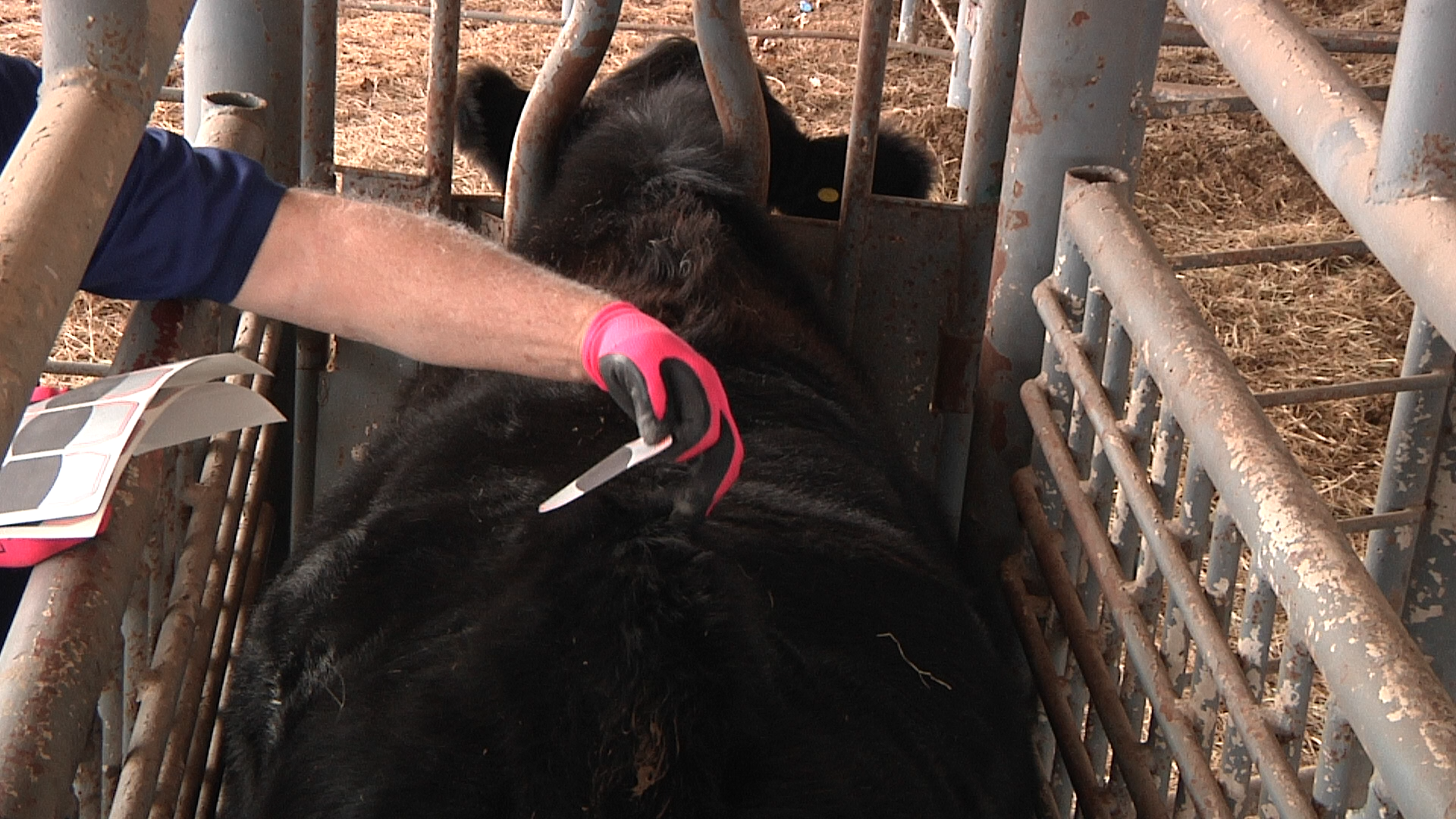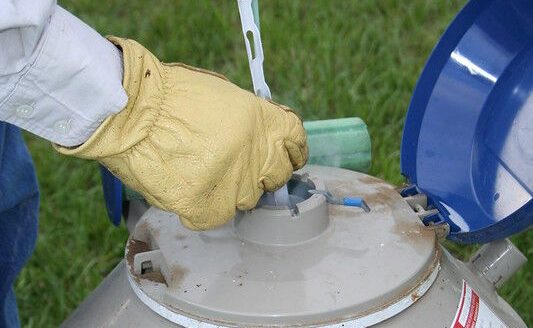Many technologies are available to improve reproductive efficiency, a key performance indicator for herd profitability. Yet, only a handful of producers are using them. Are you among those using the tools at your fingertips?
The USDA’s National Animal Health Monitoring System data suggests:
-
19.5 percent of operations take advantage of semen evaluation;
-
18 percent palpate for pregnancies;
-
14.3 percent body condition score;
-
7.9 percent use estrus synchronization; and
-
7.6 percent use artificial insemination.
The list continues. But the real question is why is technology adoption so low? The top reasons for not using reproductive technology include lack of time and labor, cost, and the technology itself being too difficult/complicated to use. These are valid reasons, but they don’t address the elephant in the room.
The reality is, reproductive inefficiency accounts for $600 million to $1.2 billion in losses each year. Every operation, big or small, contributes to that statistic.
How can you increase reproductive efficiency this breeding season? How can you use technology for increased reproductive performance?
Here are three ways to improve your herd’s reproductive efficiency:
1. Detect heats and make smart decisions
“Many technologies on the market today are simple to use and effective,” says Ky Pohler, assistant professor of beef cattle production at Texas A&M University. “One example is a breeding indicator, a self-adhesive patch many producers use primarily for heat detection.”
Breeding indicators are applied halfway between the hip and tailhead of a cow’s back. As estrus activity and mounting occurs, the indicator’s surface ink is rubbed off by the friction of the mounting to reveal an indicator color. Once a certain amount of color is exposed, the animal is considered in standing heat and ready to breed.
“Some breeding indicators have easy-to-read bullseyes on them,” says Pohler. “Once the bullseye, or the equivalent surface area, is rubbed off the animal—that animal is ready to breed and is up to three times more likely to result in a confirmed pregnancy.”
The chance of a successful pregnancy is lower when an indicator isn’t fully activated. With that information, you or your A.I. technician can make smart cow-side decisions, like choosing an inexpensive straw of semen. If an indicator is fully activated, that cow has a higher chance for a successful pregnancy, and you might use more expensive semen or sexed semen. You might even put in an embryo.
2. Diagnose pregnancies
“The majority of beef females in the United States never undergo a pregnancy diagnosis,” says Pohler. “Herds that don’t use pregnancy diagnosis are taking a gamble. The wait-and-see strategy can be a costly one if a cow isn’t pregnant and is consuming feed and resources for the duration of her thought-to-be pregnancy.”
Confirming pregnancy allows you to make an informed decision about a cow’s future in the herd. A cow confirmed pregnant might move into a group of pregnant cows which are managed differently. A non-pregnant cow detected early in the breeding season might transition to another round of breeding or she may leave the herd altogether.
Breeding indicators can also be used as a pregnancy diagnosis tool. If a cow is cycling but doesn’t come back in heat, which would be visually apparent based on her breeding indicator, then the cow is most likely pregnant.
“The value of a pregnancy diagnosis can’t be understated,” says Pohler. “It has the power to significantly increase reproductive efficiency.”
3. Get management basics right
For reproductive efficiency, you’ve got to have your basics covered. Using technology is not a replacement for other overlooked management areas. Including technology without addressing management will still cause inefficiency.
“If you’re going to use a reproductive technology, but your cows are in poor body condition, you can’t overcome that,” says Pohler. “If nutrition is bad, no technology will give you the results you desire.”
Animal health is another management aspect that needs focus.
“It sounds simple, but vaccination plans, disease management protocols and biosecurity need to be adopted and practiced,” says Pohler. “If you don’t have these in place, you might end up with only a 50 percent calf crop due to mid- to late-term abortions or other disease-related issues, a huge loss that could have been avoided.”
The bigger reproductive efficiency picture
If you want to improve reproductive efficiency, you’ve got to think about it more than one or two times per year during breeding and calving seasons.
“Reproductive efficiency improves when you have a bigger-picture focus, preparing animals year-round for breeding, calving, breeding back and repeating the cycle,” says Pohler. “Ultimately, you have to find technologies and management practices that work for you.”
For more information on breeding indicators, visit ESTROTECT.com.



